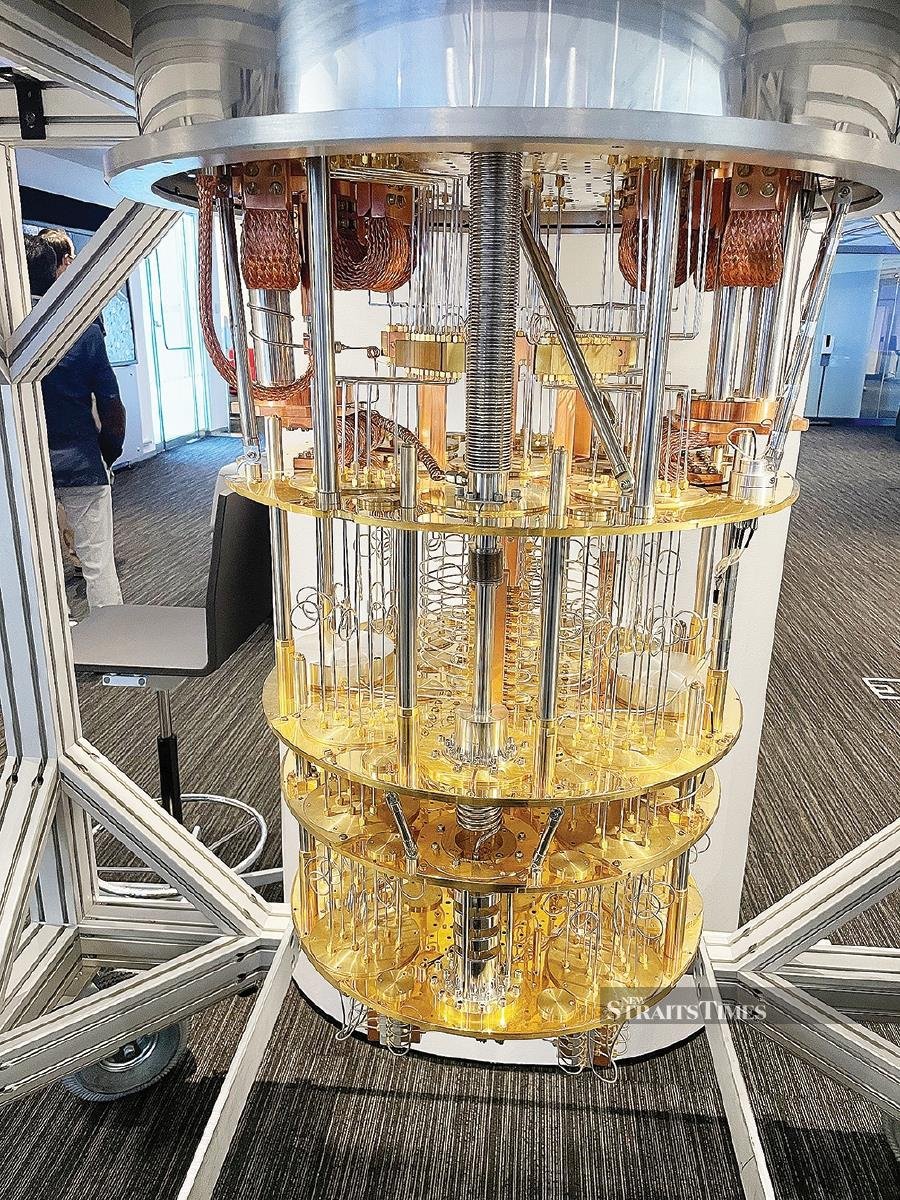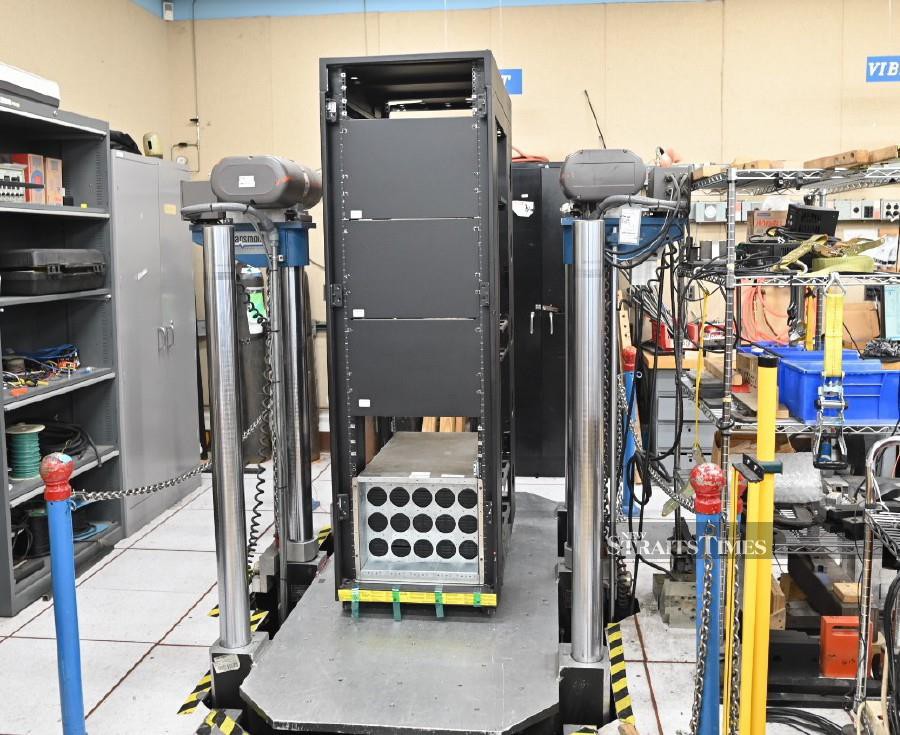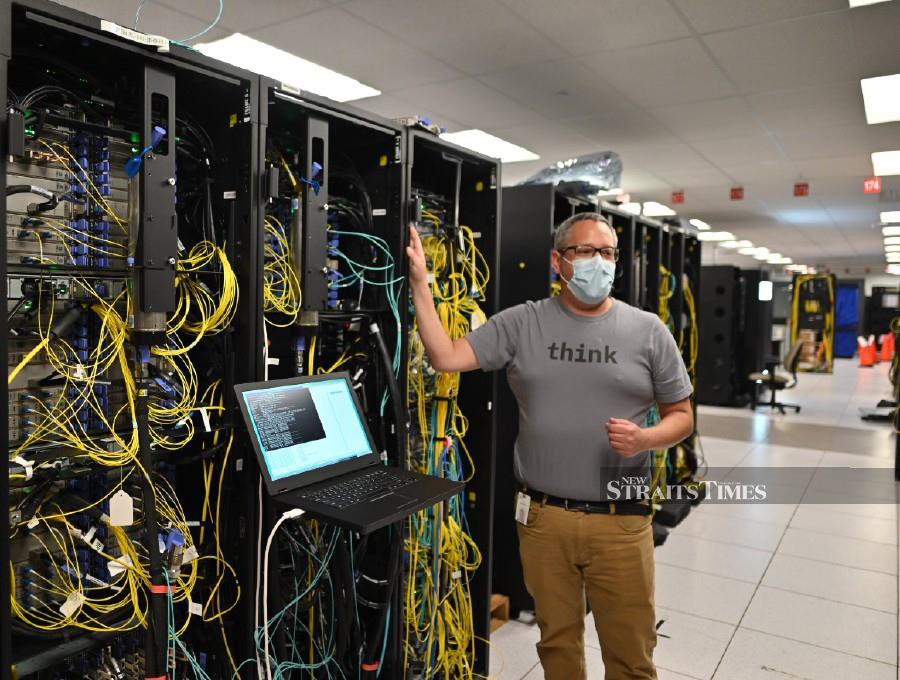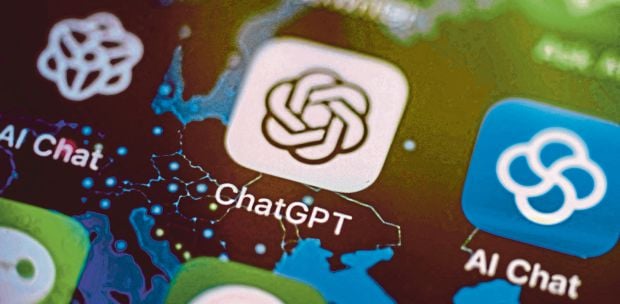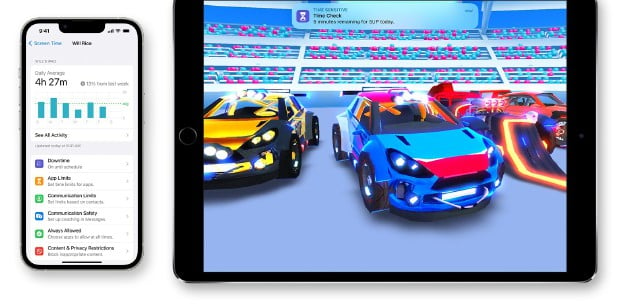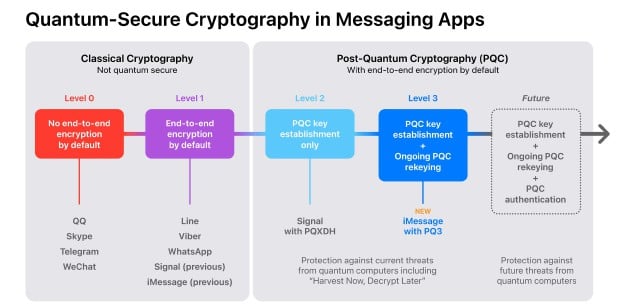THE Thomas J. Watson Research Centre, located about 60km north of New York City, has been the heart of IBM Corporation's technological research and innovation since the 1960s.
Great minds there have produced — and are still producing — groundbreaking contributions in information technology hardware, most notably in semiconductor devices and computing innovations that all of us are greatly benefiting from today.
Among the semiconductor technologies and devices pioneered by the centre are dynamic random access memory that is used in home computers and laptops, superlattice crystals, field effect transistor scaling laws, reduced instruction set computer architecture, integer programming, amorphous magnetic films for optical storage technology, and thin-film magnetic recording heads.
No other corporate research institution has produced as many important advances in electrical engineering and computing that contributed to both the technical community and business success of its parent corporation.
I was lucky to be among journalists from Asia-Pacific nations invited to visit the centre, which is nestled in the beautiful hilly countryside of Yorktown Heights.
Despite its age, this large crescent-shaped structure is still a trailblazer in innovations that help businesses and mankind go forward in the era of digital disruption.
DAWN OF QUANTUM COMPUTING
One innovation that IBM is developing at the research centre is quantum computing, which is said to be able to revolutionise the way computing is done.
Present to explain this breakthrough technology was IBM fellow and director of quantum infrastructure Jerry M. Chow.
"As the world is being challenged with more complex problems to solve like climate change, new diseases, cybersecurity and many more, we need a new computing technology that will be able to address them efficiently and accurately. For the first time in history, the way we compute has branched with the presence of quantum computers," he said.
"Due to its different nature, quantum computing will be able to offer quantum advantages where it will solve problems cheaper, faster and more accurately than classical computing," explained Chow.
Just like super technologies before this, quantum computing will definitely produce new breakthroughs.
In the past, crises have been the impetus for both new technologies and their widespread adoption. Chow said quantum computers will not replace the current classical computers, but will complement them.
"We anticipate quantum computing, in combination with existing advanced technologies, to dramatically impact how science and business evolve," he said.
His explanation didn't stop at the sophisticated meeting room, as we were also taken on a tour of IBM's Quantum Lab to see this new breed of supercomputer inside out, and how it is made, and what it is made of.
The one we were shown is called IBM Quantum System One, a quantum computer that definitely didn't look like an ordinary computer. IBM also showed the machines that are used to test quantum processors for use and deployment, namely the "Eagle", "Hummingbird" and "Falcon" processors.
WHY QUANTUM COMPUTING?
Today, we already have many supercomputers with massive computing power, but according to IBM, even supercomputers aren't able to solve certain classes of problems that deal with exponential data, such as in chemistry, machine-learning and optimisation.
Today, when scientists and engineers encounter difficult problems, they turn to supercomputers. Unlike classical counterparts, supercomputers are built with more than one central processing unit that work together in synergy. But even with this extra processing power, such machines will still struggle to solve certain kinds of problems.
If a supercomputer is "stumped", that's probably because it has been asked to solve a problem with a high degree of complexity.
So this is where quantum computing comes in. Quantum computers fundamentally use a different way to process information.
All computing systems rely on the ability to store and manipulate information. Classical computers that we use in our daily life manipulate the individual bits of data, which are stored in binary states of 0 and 1.
So millions of bits are compiled to work together to process and display information — the "speed" everyone is familiar with on their smartphones, laptops and cloud servers.
However, quantum computers work on a different concept, which taps into quantum mechanics to manipulate information. To do this, they rely on quantum bits or qubits.
Unlike a conventional data bit that has to be a "0" or "1", a qubit may be in a combination of compute states that can be explored — and which increase exponentially as the number of qubits increases.
To put that in perspective, if you wish to attempt to simulate IBM's new 127-qubit Eagle processor — the company's first quantum computer with more than 100 qubits — the number of conventional bits you need would be more than the number of atoms contained in all eight billion people on Earth. For reference, just one adult is composed of more than seven octillion atoms (an octillion is equal to 1 followed by 27 zeros).
ADVANCEMENTS IN AI
Besides its quantum computer, IBM also showcased an initiative with Boston Dynamics to develop AI-driven robotics. In this case, the company is giving Boston Dynamics' robotic dog named "Spot" some AI power so that it can perform certain jobs that may be dangerous to humans.
So on the second day of the visit, we were introduced to Spot, which made an appearance in the conference room and demonstrated some of its capabilities.
IBM believes that the demand for AI-driven robotics is increasing in manufacturing and warehouse settings. This technology helps organisations working with data and analytics to identify problems in real-time, improve decision-making, and perform tasks efficiently.
According to an IBM Institute for Business Value survey, 56 per cent of manufacturers have implemented AI-driven robotics to make autonomous decisions, and 83 per cent agree that intelligent automation will help their organisation meet strategic challenges and improve business results.
However, businesses point out that most devices powered by edge computing and the Internet of Things are stationary, inflexible and often incapable of responding to rapidly changing environments.
To experience the true benefits, these operations need AI to be as close to the origin of the data as possible.
IBM said industries can gain many benefits from its collaboration with Boston Dynamics. First, the mobile robot will be designed to address safety concerns in carrying out inspections at hard-to-reach or hazardous areas.
Next, it equips operations managers with near real-time insight into equipment status so they can initiate actions that improve function and uptime.
Finally, the added productivity means the National Grid and other operators should spend less time on basic inspection rounds. Instead, Spot can conduct inspections consistently and frequently, freeing up the team to focus on higher value work.
VISIT TO IBM POUGHKEEPSIE
On the final day of the visit, we were taken to another IBM research facility in Poughkeepsie (also in New York) to see how the IBM Z system mainframe platforms are developed and tested.
At the facility, we were briefed on the Z system and its role in the banking, insurance and financial industries.
Finally, we got to see how all these mainframes are tested in both software and hardware, including "shock" tests.


